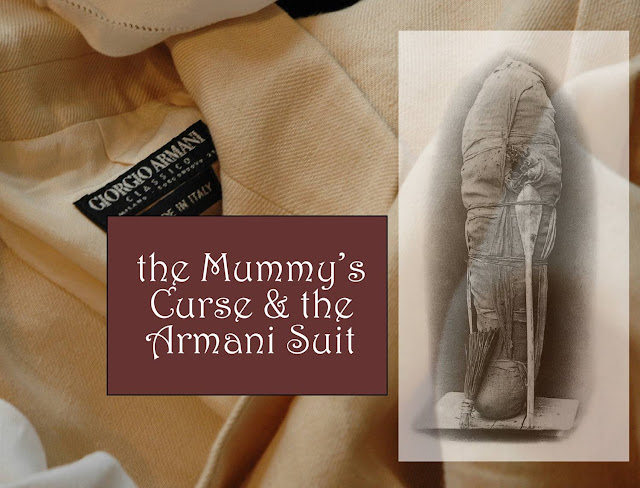The Lunch Box Has a Prize at the End
As a child the only difference was in beverage, a half pint of chilled chocolate milk purchased each lunch hour in the cafetorium, meaning there was no need for a thermos bottle. A disposable brown paper sack was all he needed to carry his waxpaper wrapped sandwich, fruit, and cookie. His brown bag lunch was like anyone else carried, except in one aspect. All other students chucked their emptied bag into the trash can as the back-to-class bell rang. He kept his brown sack, folding it flat, smoothing it and making a small drawing. When the bell rang he put the dec-orated bag in his back pocket.
The next day he reused the same bag, adding more decorations. By Friday, the bag was covered with designs. His friends expressed theories about the bags, since when asked he would not an-swer. One friend guessed that over the weekend the lines were filled in with bright colors. An-other guessed he intended to make luminaria with the bags. No one really knew. It did not matter.
The point was, all his life, he ate the same lunch. The bags he carried to school were just paper to draw upon. As an adult he put his drawings on white paper. They were called blueprints.
He still carried his lunch, but now in something that looked more or less like a briefcase. He did not decorate his briefcase.
Time went by and he met someone who drank coffee with him, not tepid coffee from a thermos. They ate together and did other things; it did not matter so much what kind of things. They liked doing those other things enough to move in together. They were both adults. Adults do that stuff and sometimes decide they want to spend more time together. This is normal. It is also normal to do little things, such as writing little poems or words of endearment as an expression of how happy people are to find someone who will drink coffee with them and do those other things. Maybe these were sometimes love poems. Perhaps they were written on napkins.
They both awoke early each morning. She poured the coffee. He squeezed the orange juice, scrambled the eggs, buttered the toast. She set the table and he cleaned up and loaded the dishwasher, while she made both lunches.
On one particular day she handwrote a short poem, folded it, and slipped it in with his lunch.
He could afford to buy a new thermos, or even go out for lunch, like many other adults. But he was a person who liked the security of sameness. He was even accustomed to the drink-ing temperature of his coffee: not as hot as when the pot was freshly brewed. One might extrapo-late on the temperature between he and she, how perhaps it was more the condition of having been put into his defective thermos than freshly brewed. Her note was an attempt to add a spark, perhaps ignite a small flame.
Did it matter what she had written? It was not in the words, but in the poetry between the letters. No wonder she was disappointed when she unpacked his lunch and found the small, folded pa-per still inside.
The next morning, when she packed his lunch, she placed the note between the sandwich and the cookie. Giving him the benefit of the doubt, he had probably not noticed the small, folded piece of paper the previous day. She made it so when he reached for the oatmeal cookie he must notice the poem.
That night the poem was still there, unopened, unread. She was crushed but said nothing. She stared at the ceiling all night long.
In the morning she tried again, this time drawing a small red heart on the outside of the folded paper. She even tucked it into the wrapping of the sandwich, which in case you had not guessed was no longer waxpaper, but a ziploc bag. Her note was unavoidable.
Yet, come the evening, there was the little note, still folded at the bottom of his lunch bag. Well, she thought, three strikes and you are out. She picked out her note and was about to throw it into the wastebasket, when she decided to reread what she had written. At least she would remind herself of own feelings.
There was no chair or stool in their little kitchen. She braced herself with one arm on the counter as she began to cry. She had unfolded the piece of paper with a heart on the outside and was reading it.
We do not know what she wrote. Was she crying because her own words were powerful? Was it because she had written and inserted the poem in his lunch without rereading it first? Had she made a mistake? Maybe this was not her poem, but a response he had written for her to find. Could this be a love poem he had written to her? Or, perhaps it was as she feared, he had read her poem and corrected her spelling and punctuation. Then, there was a possibility of something she knew nothing about; he might have decorated the margins of her poem with entwined hearts.





Comments
Post a Comment